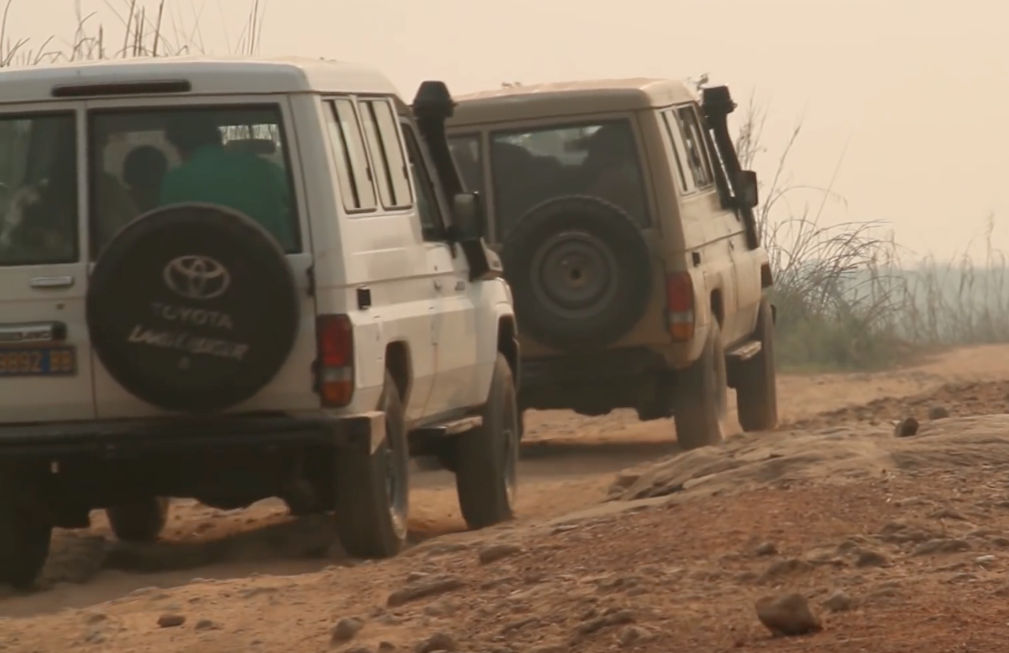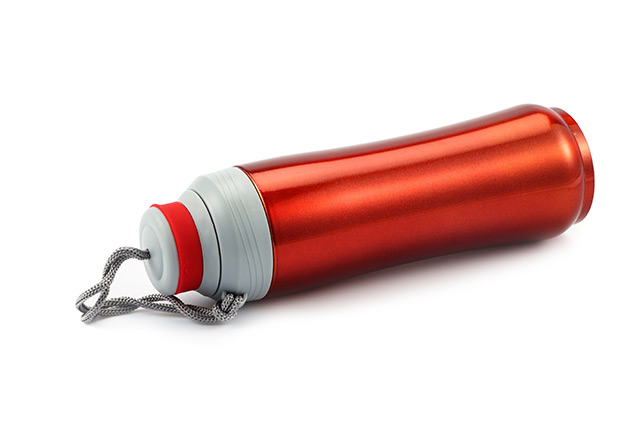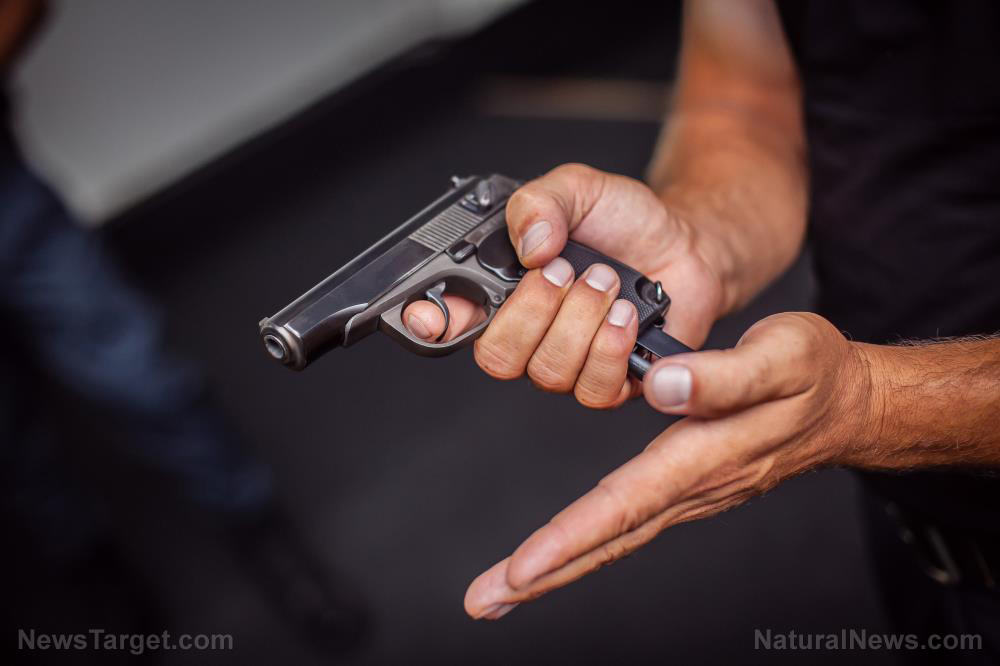Choosing the best “bugout” vehicle can mean the difference between survival and death
04/10/2017 / By JD Heyes

While no one can predict when the next critical mass will collide and society as we know it comes to a screeching halt, we must always live as though today is the day. That means being prepared to bug out – if that’s what you’ve decided to do – at a moment’s notice.
Bugging out will entail three things, generally speaking: 1) Having your bug out bag and gear ready to load; 2) having a pre-determined bug out location that is stocked with food, water and supplies waiting; and 3) having the ability to get to your bug out location.
And frankly, the third item is likely to be the most challenging. When stuff hits the fan everyone will panic; roads and bridges will be clogged and many completely impassable – for hours or even days at a time. Anger at being trapped on the road will lead eventually to violence, perhaps more quickly than you might expect. You’ll be at risk out there in the open.
What does all that mean? Simply put, your bug out vehicle will have to be versatile enough to physically get you from point A to point B, even if that means traveling unconventionally – through fields, the woods, on trails or rural gravel roads. (RELATED: How To Build A Survival Communication System For Less Than $50)
A regular car and even many pickup trucks won’t cut it. They simply don’t have the right drive train, horsepower and capabilities to go off-road. In addition to these considerations, most people will also only have limited funds to spend on a vehicle.
Also, there are other elements to consider: Time of year, for example. Do you live somewhere that it’s very cold and snows or rains often in winter? You’ll need a vehicle that has four-wheel drive, is rigged for cold weather, is equipped with chains and has the right kind of tires.
If you live in a dry, desert-like region, other considerations come into play, such as making sure it stays cool in the heat after extended use.
As noted by Be Survival, the kind of fuel your vehicle uses should also be factored in. “Making the choice between a diesel engine and a regular engine can be difficult, as it affects the price of the vehicle as well as its functionality. However, in the case of a BOV (bug out vehicle), diesel is generally the best option.” Be advised, though, diesel fuel can gel in extremely cold weather; there are fuel additives that address that.
Diesel engines are generally more efficient and get better fuel mileage than gasoline engines. Also, diesel motors are most often more hearty and can burn a number of fuel types. Some can even use different oil types, kerosene and even jet fuel (though you’re not likely to have access to any of the latter).
One more advantage for diesel motors: Diesel fuel has a much longer shelf life than does regular gasoline. In the right conditions and with fuel stabilizers added in, diesel fuel can be stored as long as one year.
But diesel motors are also more complex than gasoline engines, though today’s automobiles are filled with electronics and are complex in and of themselves.
Today’s threats also include the possibility of an electromagnetic pulse (EMP) following a nuclear explosion (or massive solar flare). Newer vehicles, which feature a heavy array of electronics, are much more vulnerable to an EMP event. So you may want to consider an older vehicle that is not controlled by computers and electronics.
“An EMP can render any electronics within range fried beyond repair by essentially overloading the boards themselves with electrical energy,” Be Survival noted. “While a faraday cage (or a microwave) can protect small electronics from an EMP, a vehicle takes some special prepping to be EMP proof (sic). If EMP’s are a concern to you, then you’ll want to take these additional steps.
“Another way to EMP proof your vehicle is to buy something pre-electronics,” the site noted. “No computerized systems means no boards to worry about.”
What about storage? This will be important as well. You’re going to have to make sure that you have enough room to haul your bug out gear, but also be able to accommodate your family and/or any friends that are bugging out with you. (RELATED: Putting Together A Vehicle ‘Bugout’ Kit)
Other considerations: Four-wheel drive, a full-sized spare tire, a winch and emergency escape equipment.
Picking the right vehicle to bug out will go far towards ensuring you are able to get to your destination and escape the danger and the craziness of an SHTF scenario.
J.D. Heyes is a senior writer for NaturalNews.com and NewsTarget.com, as well as editor of The National Sentinel.
Sources:
Tagged Under: bugout, four-wheel-drive, highways, SHTF, vehicle



















